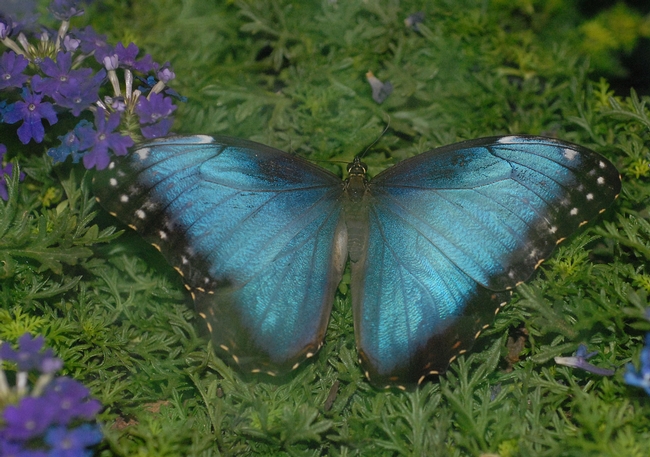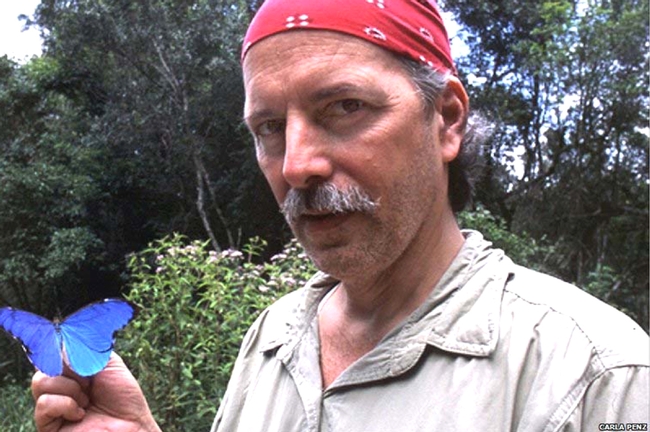What do butterflies tell us about tropical diversity?
Take it from an expert.
Tropical ecologist Philip DeVries of the Department of Biological Sciences, University of New Orleans, will discuss the topic at his lecture on Thursday, Feb. 9 at the University of California, Davis.
His presentation, sponsored by the College of Biological Sciences' Storer Life Sciences Endowment, is at 4:10 p.m. in 2 Wellman Hall. Professor Phil Ward of the UC Davis Department of Entomology is his host.
Free and open to all interested persons, the lecture is sparking a lot of interest, and rightfully so.
DeVries focuses his research on insect ecology and evolution, especially butterflies. A native of Detroit, Mich., he received his doctorate in zoology from the University of Texas, Austin, in 1987.
Highly honored, DeVries has received fellowships from the MacArthur Foundation, the Guggenheim and Dodge foundations, and the Smithsonian Institute. He is not only a noted researcher and ecologist, but a writer, scientific adviser and photographer.
If you listen to his piece on YouTube (uploaded in 2008), you can see, hear and feel the excitement in his voice as the long-tongued hawk moth, Morgan's Sphinx (Xanthopan morgani) pollinates Darwin's orchid (Angraecum sesquipedale) one night in a Madagascar rain forest. Truly amazing!
Background of the moth and orchid: Naturalist Charles Darwin examined the orchid in 1862 and famously predicted in his book Fertilisation of Orchids that there must be in existence a moth with a long-enough tongue (proboscis) to be able to pollinate it. The orchid's "nectar spur" measures about 12 to 14 inches long. The moth itself was discovered in Madagascar in 1903--correctly proving Darwin's prediction of its existence-- but no one saw it pollinate the orchid until DeVries headed out to the rain forest with his camera equipment. Since pollination occurs only at night, DeVries used infrared light (invisible to the moth) to capture the scene.
Jerry A. Coyne, a professor in the Department of Ecology and Evolution at the University of Chicago, blogged about the spectacular video in "Why Evolution Is True."
"The video," Coyne wrote, "was made in Madagascar by a friend of mine, Phil DeVries from the University of New Orleans, a remarkable—and, as you’ll see, intrepid—naturalist, and author of the two-volume Butterflies of Costa Rica and their Natural History."
"It’s really lovely to see how excited Phil gets when he finally sees the pollination," wrote Coyne. "Those are the juicy moments that every naturalist lives for."
Yes, indeed! It's something you never expect to see--and hope to see again.
Attached Images:

Morpho butterfly, a genus that Phil DeVries studies. (Photo by Kathy Keatley Garvey)

Phil DeVries with a Morpho (genus) butterfly. (Photo by Carla Penz)